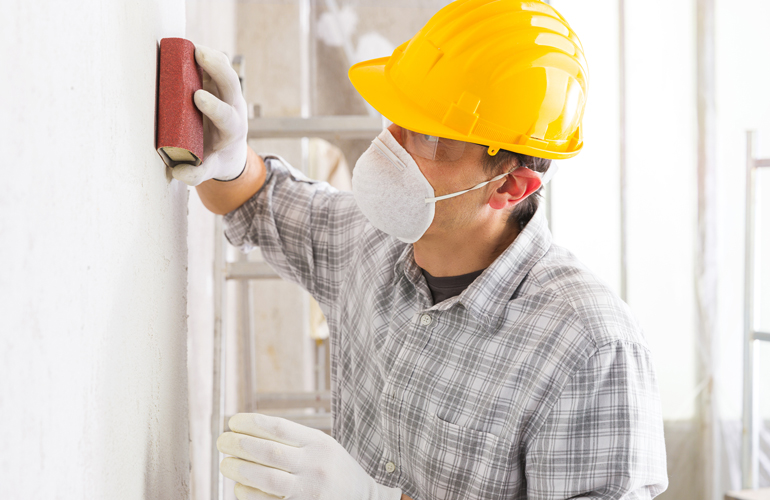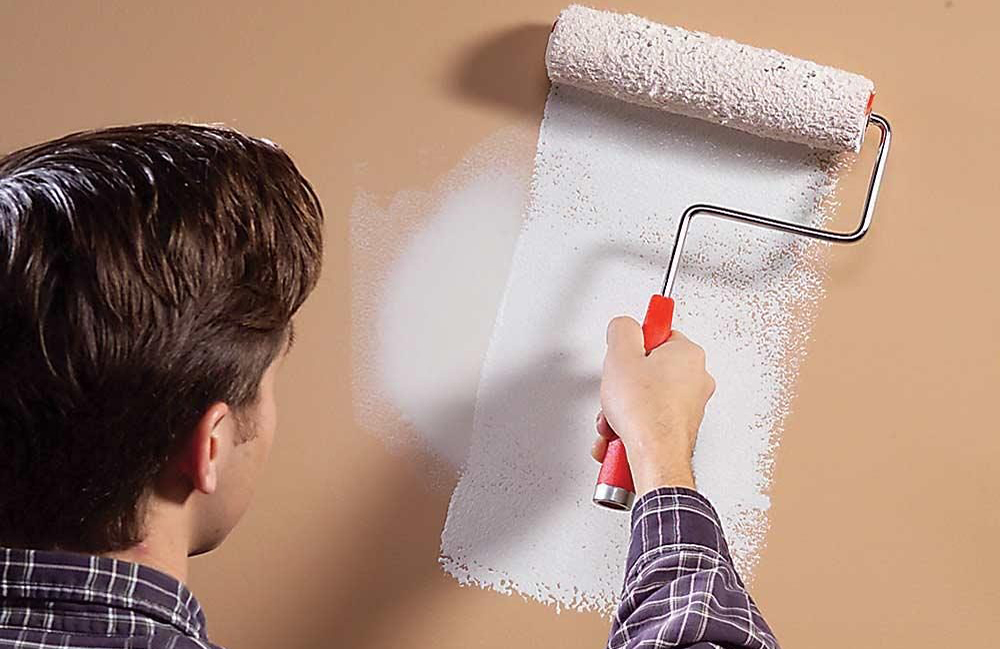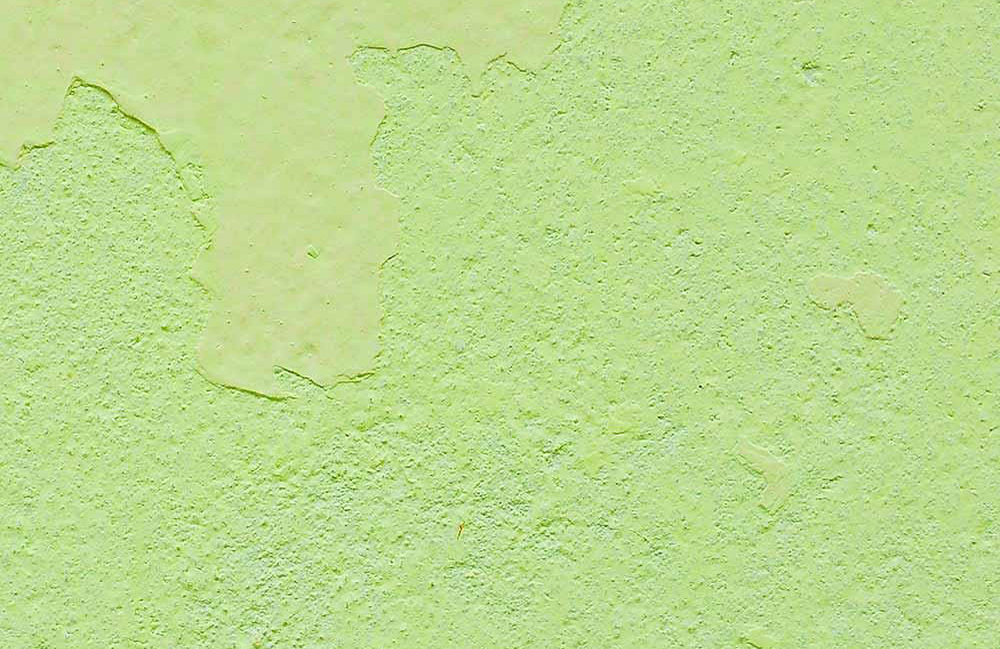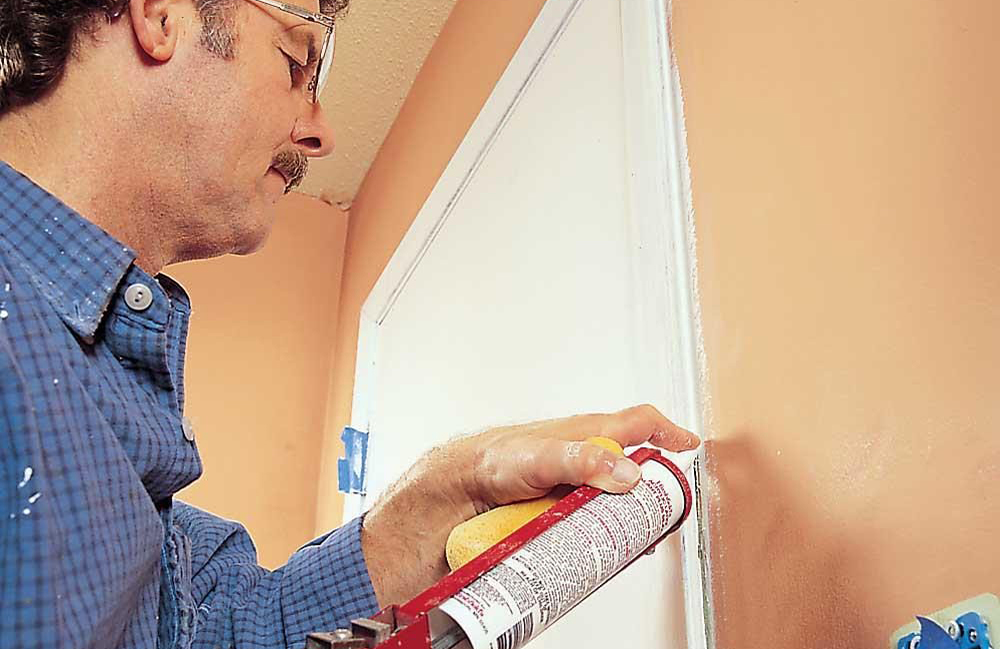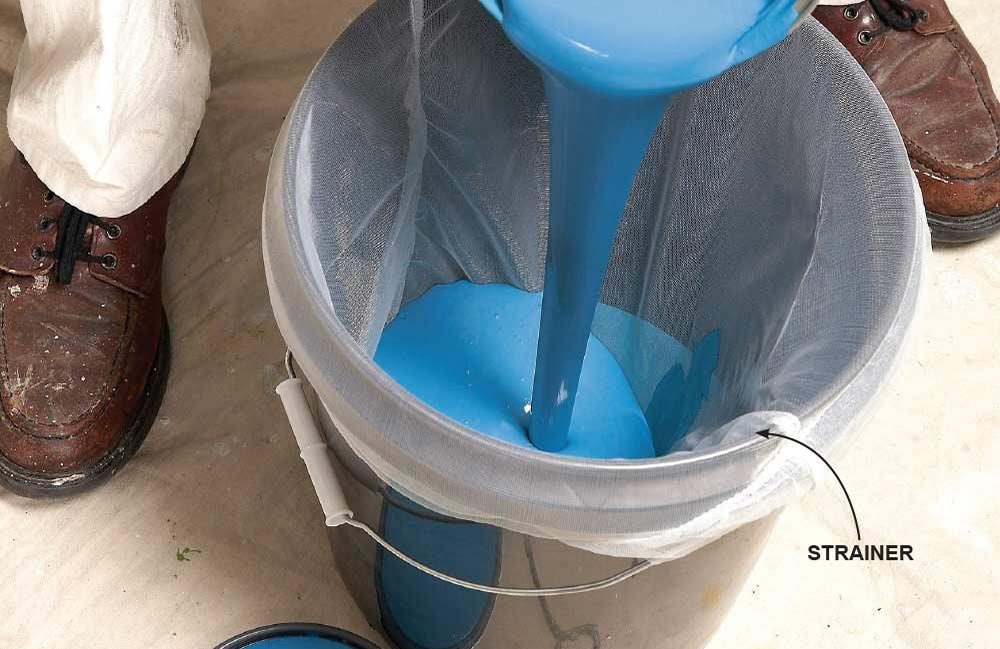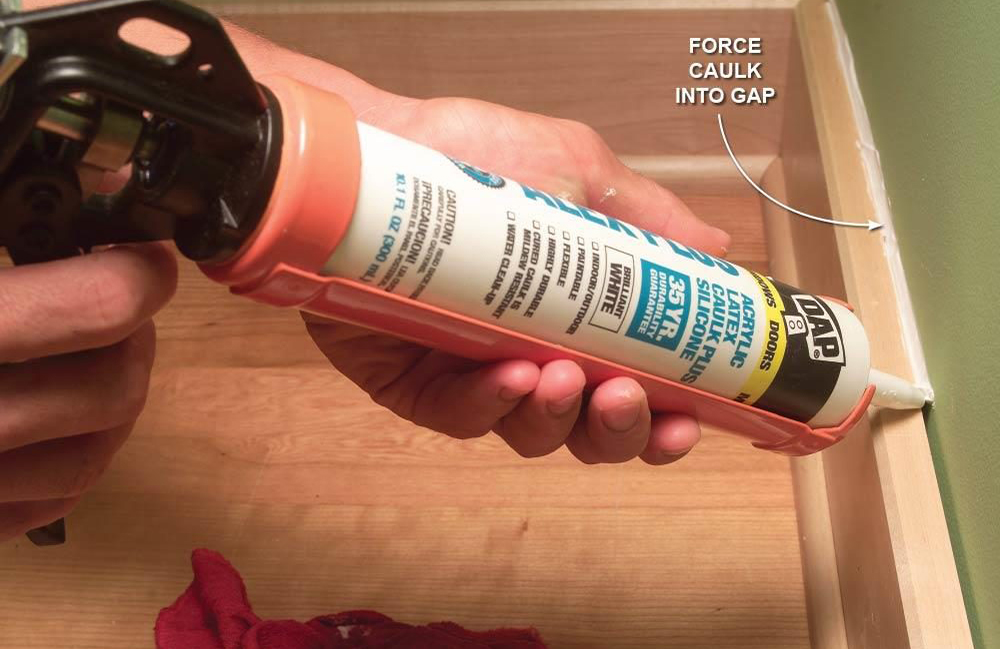Painting shortcuts to avoid
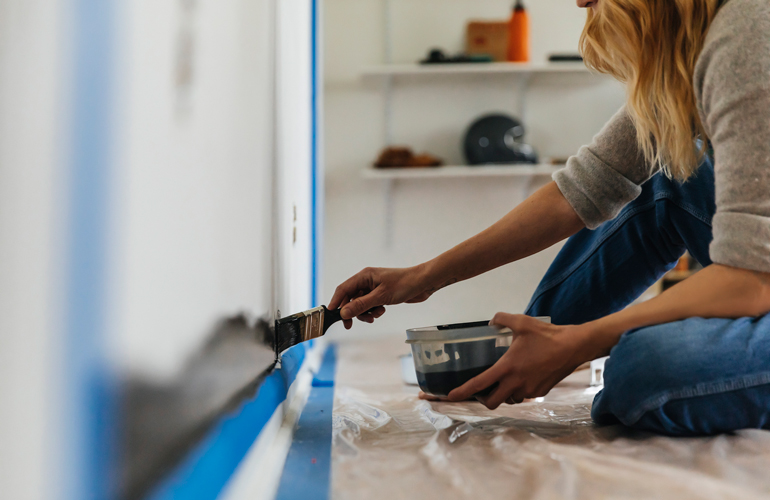
All painting projects, large or small, require diligent preparation and attention to detail. Taking shortcuts leads to a disappointing paint job that won’t last very long. Here’s what you should not do on your next painting project.
Trying to cover in one coat
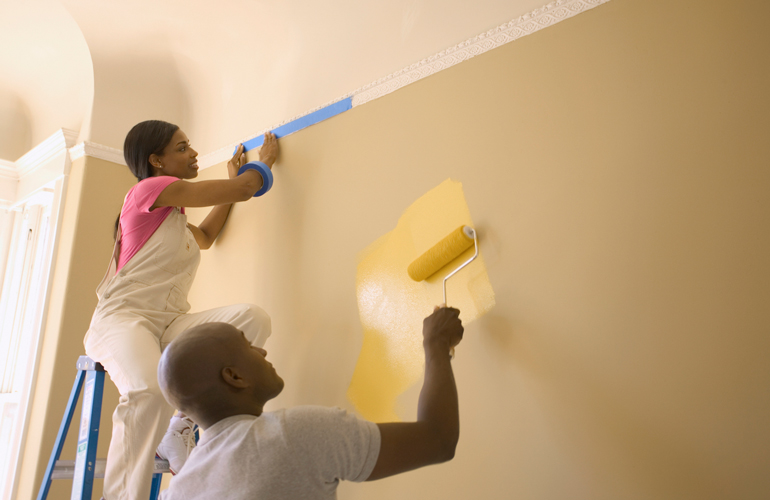
It’s a bad idea to slather on a thick layer of paint in an attempt to save time. For starters, one coat rarely covers well. And a thick coat of paint will run and take forever to dry. Applying two thin, even coats is easier and will give you much better results.
Not washing cladding before painting

“I removed several layers of paint from my house. Then I sanded, patched, caulked and used the best primer and most expensive paint I could find. But the next spring, the paint was falling off in sheets. I had made one big mistake. I hadn’t washed the siding first. Now I always scrub the cladding with a solution of special cladding wash before any paint goes on.” — Jeff Gorton, editor.


